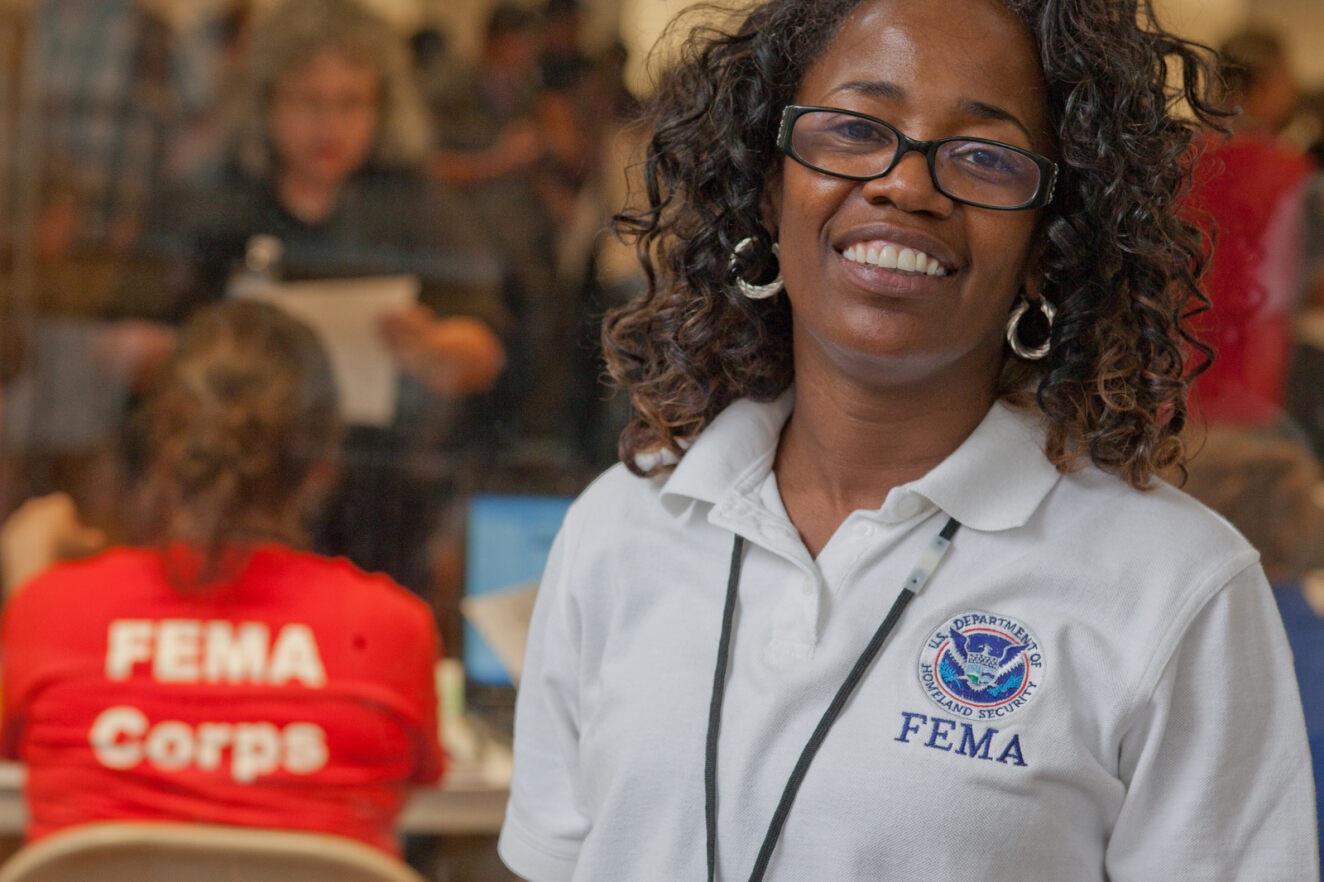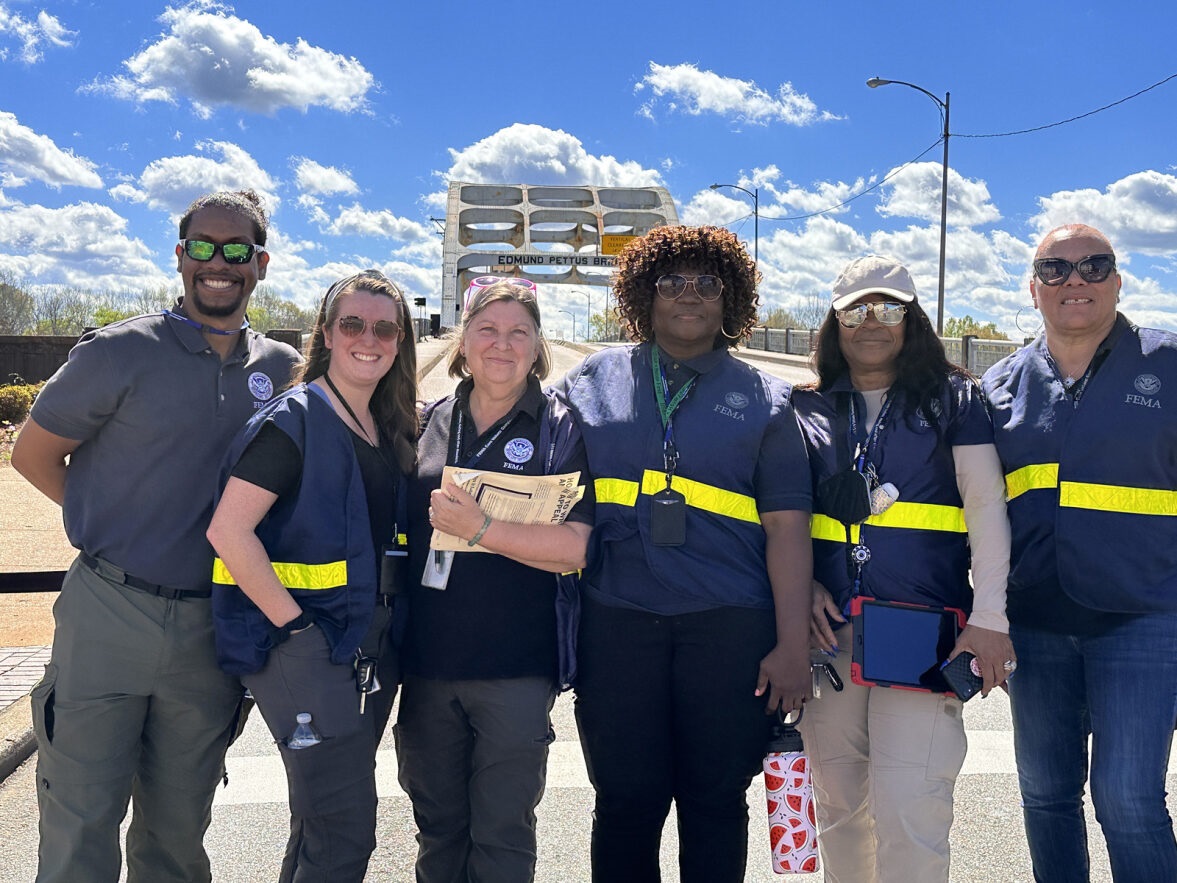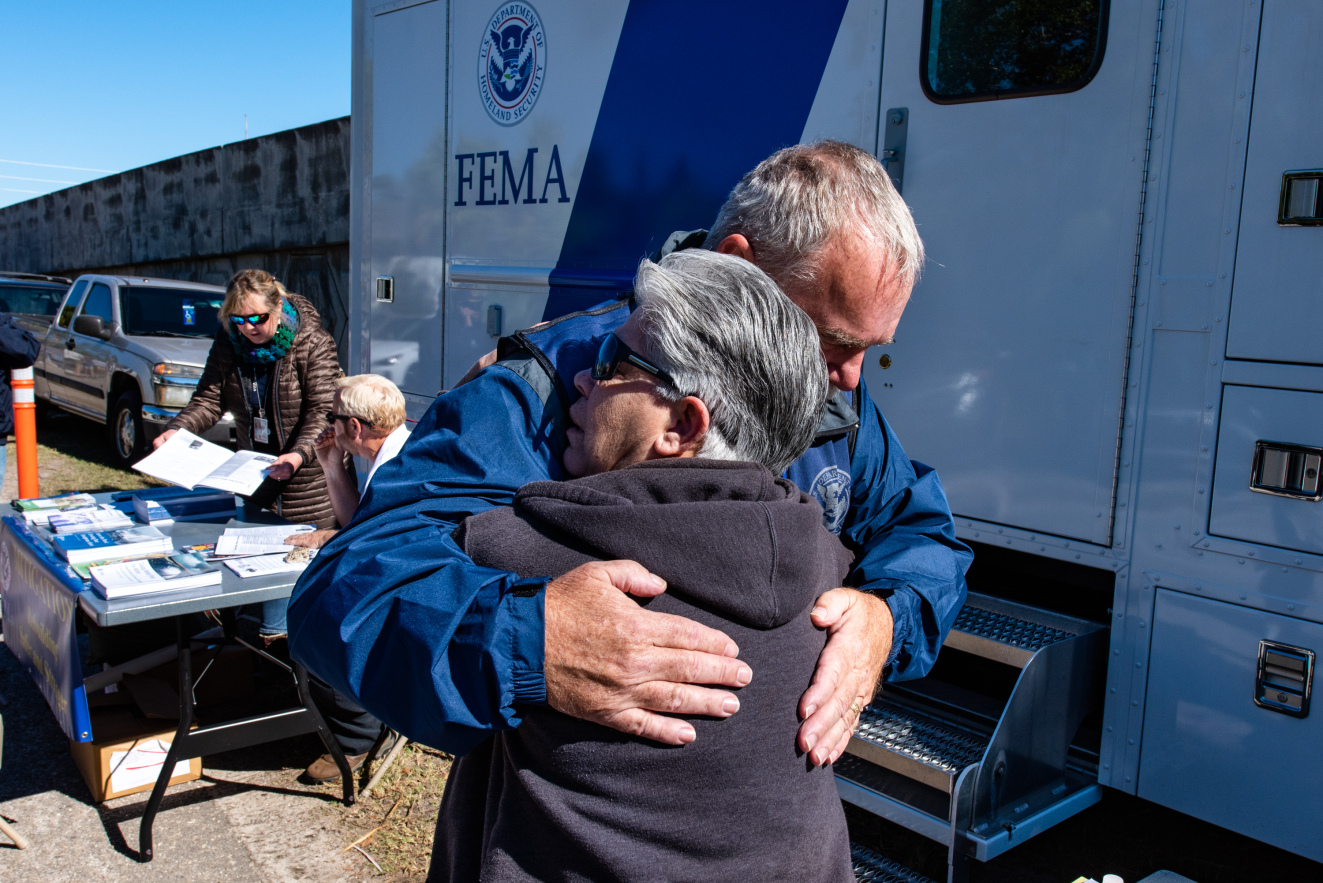FEMA has many career opportunities for those interested and passionate about starting and furthering a career in emergency management. The agency needs employees stationed all across the nation, from FEMA headquarters in D.C., to FEMA’s 10 regional offices nationwide, to individual communities with declared disasters or other needs.

FEMA is responsible for coordinating the government's response to disasters and emergencies. As disasters become more frequent and intense, additional support is needed in the field of emergency management. The agency offers different types of positions available for individuals who want to serve and help those impacted by natural disasters, emergencies and other crises. These positions can be classified into different types:
- Reservist (RSV): On-call disaster workforce that respond to disasters, as needed by the agency.
- Local Hires: Residents who aid in the recovery of local communities in the aftermath of a disaster
- Full-time disaster workforce: Employees that respond to disasters in an incident management role; these include Incident Management (IM-CORE) and National Incident Management Assistance Team (IMAT) positions.
- Full time disaster support workforce: Employees that work in Regional or HQ Offices to support the disaster workforce; including COREs (Cadre of On-Call Response/Recovery Employees).
- Permanent Full Time (PFT): Full-time employees that provide support to FEMA for disasters and non-Stafford act events.
Each of these positions has its own unique characteristics and requirements, but they all have one thing in common: they allow you to serve your community during times of need.

Reservists deploy to different locations across the country to help communities and disaster survivors, as needed. Because there isn’t a constant need for these positions all the time, Reservists are considered on-call and intermittent employees. Deployment expectations will vary based on disaster activity and position need. Reservists are hired into a 2-year appointment that can be renewed, depending on Agency need. Reservists also have USERRA protections, which provides job protections when they are deployed on behalf of FEMA. Many Reservists maintain full-time jobs with other employers and deploy with FEMA when the need arises.
The Reservist program is organized into cadres based on the type of support they provide to a disaster. This can range from Information Technology (IT) to Environmental and Historic Preservation, to Safety. To learn more about the different cadres or open positions, visit Cadres on FEMA.gov.
A Reservist position may be a good fit for you if you're able to commit to a minimum of 120-days of availability for deployment, love to travel and enjoy working in a fast-paced and unpredictable environment.

Local Hires are usually residents of an area affected by an incident who aid in the recovery of their community throughout the recovery process. These employees are hired into 120-day appointments and may be extended based on the needs of the disaster. FEMA's mission relies on Local Hire employees from diverse professional backgrounds to provide essential services to disaster survivors in their community and at call centers.

FEMA’s full-time disaster workforce includes IM-CORE and IMAT Employees, whose primary responsibility is focused on disaster response or recovery in the field.
- IM-CORE employees are hired to work on temporary duty assignments in deployed positions anywhere that FEMA responds to a disaster declaration. As full-time employees dedicated to in-person disaster work with our state, local, territorial and Tribal Nation partners, IM-COREs are expected to deploy more than 76% of a year for their 2-year appointment, which may be renewed based on the needs of the agency for their role.
- IMATs are hired to be a member of a Regional or National IMAT team and are the first boots on the ground after a disaster. As full-time employees, they work closely with, and in support of state, local, territorial and Tribal Nation partners during response and recovery to achieve incident stabilization and unity of effort. These positions can be deployed more than 50% of a calendar year during their 4-year appointments, which may be renewed, based on the needs of the agency.
If you’re open to extensive travel and have experience in engineering, grants management, emergency management, data analytics, or other related fields this could be an excellent opportunity for you.

Full-Time Disaster Support (IC-CORE) employees are generally aligned to Regional or Headquarters offices and provide support to the disaster workforce through program management or support functions such as Human Resources or Logistics. These positions may have occasional travel requirements during steady state, but also may deployed in the field to support the disaster workforce, as needed. Employees are hired into 2-to-4-year appointments that can be renewed, depending on Agency need.
Permanent Full-Time (PFT) employees are hired through the Title 5 competitive hiring process. PFTs are responsible for a wide range of tasks, including managing resources, overseeing governance and strategy, advancing disaster preparedness and readiness, and managing non-Stafford Act programs, such as the National Flood Insurance Program (NFIP).
FEMA offers many different types of employment opportunities for those who want to make a difference in their community to help people prepare, respond and recovery from disasters. Whether you're looking for a full-time career or a flexible on-call position, there is a job for you at FEMA. Join our team and help us keep the communities around the nation safe and prepared for any emergency!
You can learn more and find available opportunities at Career Paths on FEMA.gov. Review openings regularly on USAJobs.gov, LinkedIn and other hiring platforms.


